Spring on our farm, South Pond, was always the busiest time and the most stressful. Some years the winter dragged on, the earth in the fields was mud forever, patches in the gardens that wouldn’t defrost and in the latter years, high winds. Even though the farm was located in a bit of a bowl with hills surrounding us, we always had lots of wind which made the spring clean up even more tricky. Over our years there, I noticed the spring winds dragged on into summer. Sometimes couples being married out in the field couldn’t keep decorations in place and the officiant would have to hold books and papers down for dear life.
The arrival of the warmer weather meant that the projects I had been saving up like putting a copper bar by the pizza oven, stone walkways, new flowers along the ceremony area, the time to get them done were compressed into a very short period between when the earth dried up enough to put machinery out and the first event of the season.
Farm Events
For many years, the first event was Mother’s Day. I loved the idea of women coming to the farm, to enjoy early fresh greens and herbs, to create flower arrangements, to walk on the trails with daughters and other family in tow. In looking back, I’m not sure if any Mother’s Day event was without calamity usually involving weather. Snow one year, cold winds and rain. The very first Mother’s Day event, a Belly Dancer performed in the barn while guests, shivering, sipped wine and ate lunch. It was barely above zero degrees. Everyone froze, except possibly the dancer who kept moving among the tables. On another occasion, we had a snowstorm and we couldn’t make enough coffee with one slow percolator pot and a temperamental electrical outlet, for everyone who wanted a hot drink instead of the chardonnay we had put out in anticipation.
The one relief for me during Covid is that this global tragedy automatically released me from my self imposed obligation of hosting a Mother’s Day event. I had already come to the realization that the first several weeks of May were simply too cold and unpredictable to host anything inside the Barn. Covid shut that door completely. But Covid also allowed us to sell delicious food and products for Mother’s Day, and people could safely travel to the farm, drive up to the barn and we would put our products into the trunk of their cars.
Covid work
My eldest daughter, Carlyle, showed true genius with how our products were marketed and packaged. While Covid completely shuttered our weddings and farm to table gatherings, it did allow for another element of our business to survive, our food and products. It was, for a time, a way out and for us to keep our employees. We had no guests at the farm but we had the opportunity to make delicious things. Carlyle created beautiful labels, we purchased glass jars to put soups and sauces in, small boxes with lovely labels for herb bunches alongside meal kits. We also grew seedlings and sold vegetable containers and flower bundles to go alongside our jams and pizza dough, homemade sauces, ricotta and yogurt, short ribs and spices, baked breads, tarts, fresh greens and vegetables when they were available.

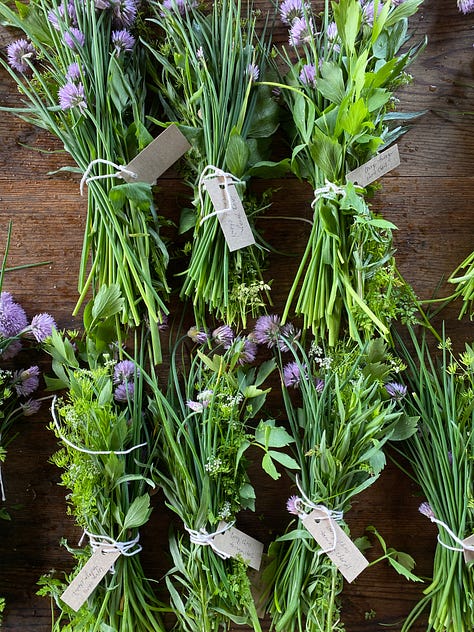
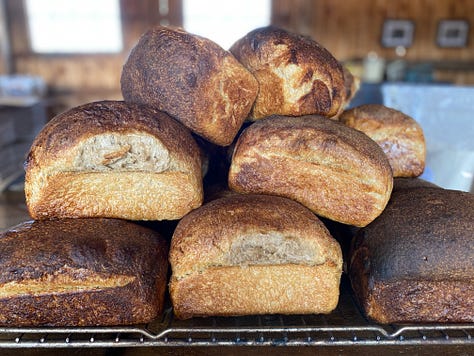
Carlyle was always artistic from a toddler. At the University of Western, she studied Biology and Fine Arts. She’s also a scientist and when she was studying for a Masters in Sustainability Management leaned into the science aspect of the degree. When I asked her to come back to the farm - just for one year to help - she created our website, she made maps of the property, included trails and site plans for wedding couples who could better envisage their day, where the cocktail space was, the ceremony area, she created seating plans, beautiful custom menus, anything that could be printed, she had a delicate and intricate hand in the design. Her involvement, lucky for me, lasted years.
Our packaged goods were also amazing with cards of different nature elements like lavender, sumac, leafy greens everything looked beautiful before it left the property. Today, she is graduating with a degree in Cartography. It’s a perfect meld of science and of art. She has embraced it completely and her work is stunning.
People often looked perplexed when I tell them this is her line of study. She’s making maps? She’s drawing them? Not exactly. Yes, Cartography is the art and science of making maps. For Carlyle that means combining her love of art and design with scientific data. Creating maps involves data collection, analysis, geographic interpretation to present a visual presentation of spatial information. Carlyle drills down into very specific details both in life and in her work. She’s not the one to rush anything. While I’m the one who comes up with an idea and wants it to be ready to launch the same day,
Carlyle always takes her time, thoughtfully working through every element of a project. I tend to create recipes with phrases like “a bit of this and that,” and she gently reminded me that not everyone can follow the way my mind works. As the more impatient one, I sometimes find it frustrating, but I also deeply appreciate and love this about her. She reminds me to slow down, to be more intentional.
When Carlyle produces something, it’s fully considered and always beautiful. Her latest project is a map of the scars humans have left on the earth.
I love this idea. It is a reminder that the planet needs to be nurtured, who knows if these scars can ever be repaired. Perhaps the storms, the high winds we see around the globe are nature's way of saying it’s too much to bear. Coming up on Mother’s Day here in Canada, I am happy to be reminded that while we honour and care for our mothers, we must also remember to care for Mother Nature, for the beauty and refuge and life she offers all of us. I’m deeply grateful for the way my daughters continually remind me, through their love, their actions like Carlyle’s help to me with our farm during a very difficult time, and their unwavering commitment, not only to our family, but to the larger world.
Photos:
Credit:

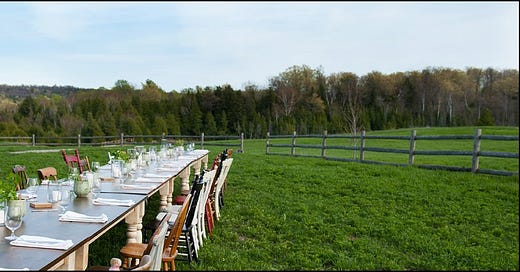



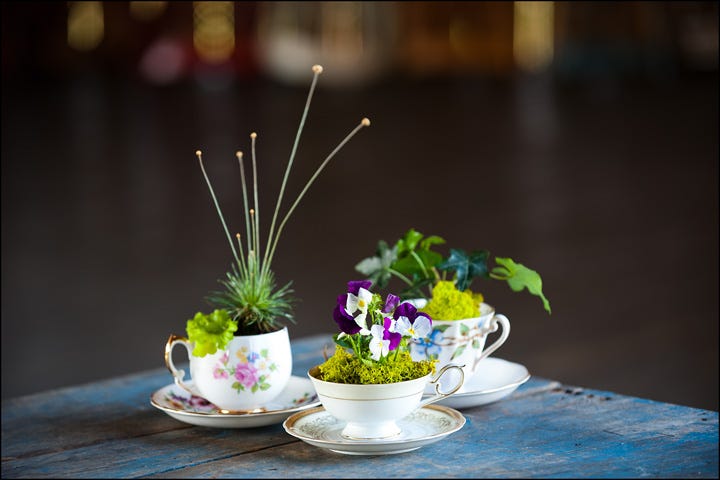
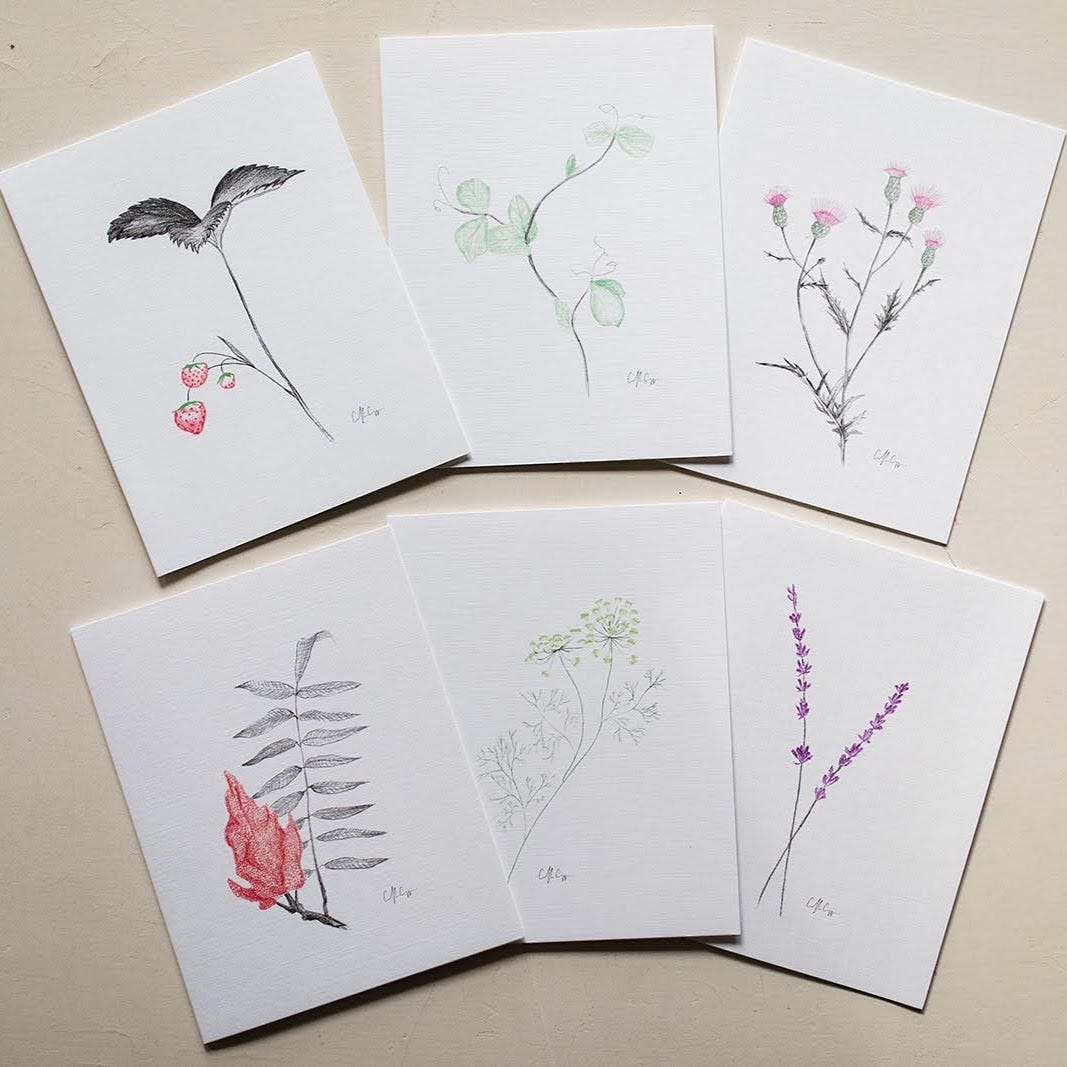

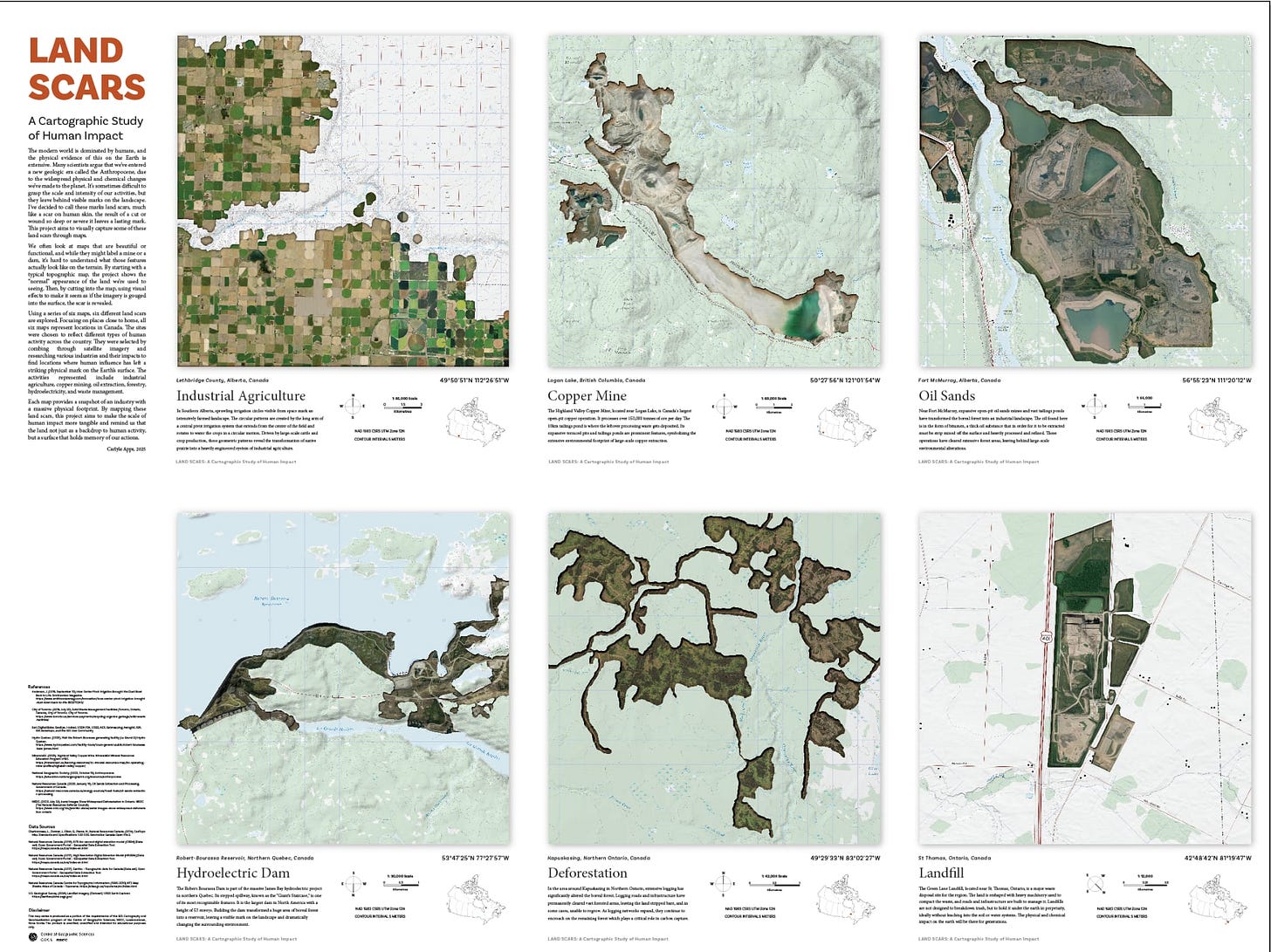
Thanks so much for sharing Carlyle’s special gifts and powers . Awesome!